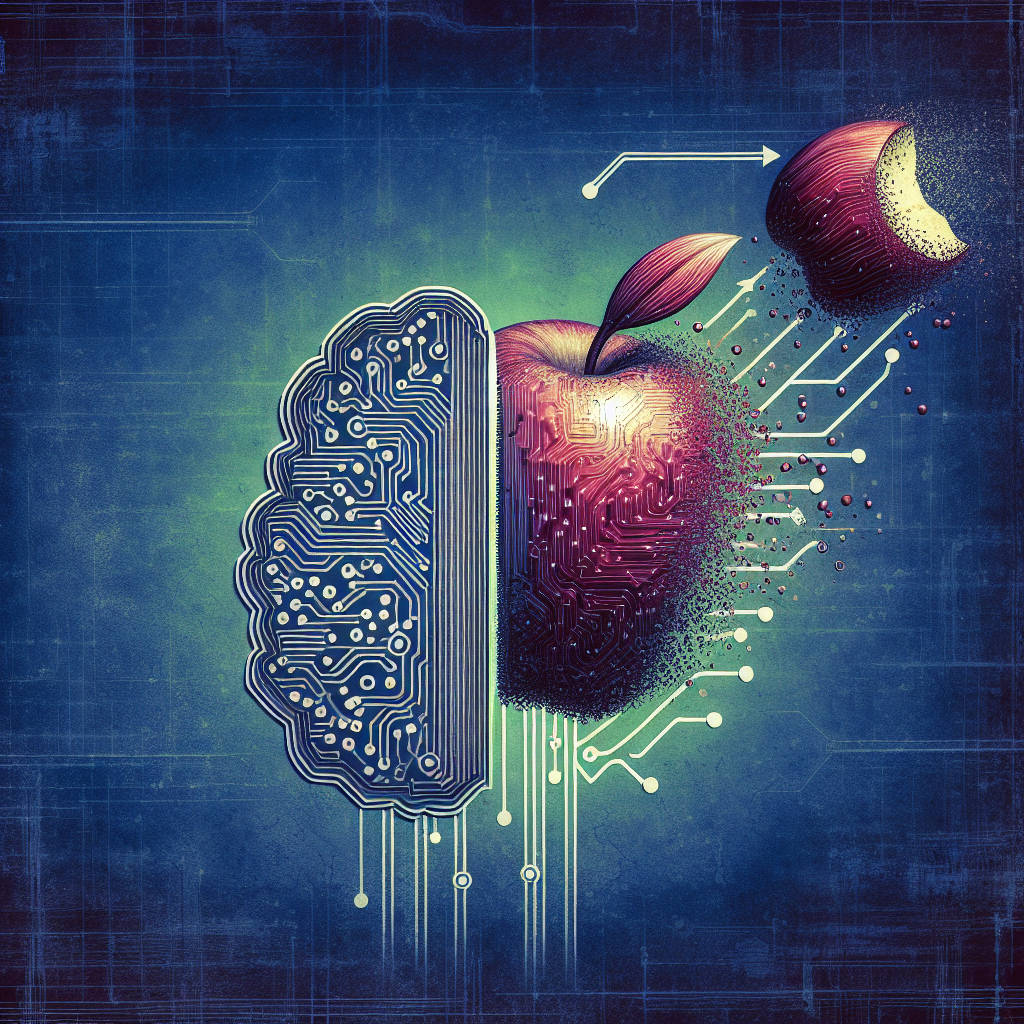Generative AI: A Catalyst for Innovation in Education
Artificial Intelligence (AI) has been making waves in various industries, including healthcare, finance, and retail. One area where AI is beginning to show significant promise is in education. Generative AI, a subset of AI that involves machines creating new content, is particularly poised to revolutionize the way we learn and teach.
Generative AI works by using algorithms to analyze large amounts of data and then generate new content based on that analysis. In the context of education, generative AI can be used to create personalized learning experiences, generate educational materials, and even assist in grading and assessment.
One of the key benefits of generative AI in education is its ability to adapt to the needs and preferences of individual learners. By analyzing data on a student’s learning style, interests, and performance, generative AI can create personalized learning experiences that cater to the specific needs of each student. This can help to improve engagement, motivation, and ultimately, learning outcomes.
Generative AI can also be used to create educational materials, such as textbooks, quizzes, and study guides. By analyzing existing educational content and using natural language processing algorithms, generative AI can generate new materials that are tailored to the specific needs of a particular class or student. This can help to save time and resources for teachers, who can focus on other aspects of teaching.
In addition, generative AI can assist in grading and assessment. By analyzing student work and comparing it to a set of predefined criteria, generative AI can help to automate the grading process, providing faster and more consistent feedback to students. This can help to reduce the administrative burden on teachers and ensure that students receive timely feedback on their work.
Overall, generative AI has the potential to revolutionize education by providing personalized learning experiences, creating educational materials, and assisting in grading and assessment. As the technology continues to develop, we can expect to see even more innovative applications of generative AI in the field of education.
FAQs
Q: How does generative AI differ from other types of AI?
A: Generative AI is a subset of AI that involves machines creating new content based on analysis of existing data. This is in contrast to other types of AI, such as machine learning, which focus on analyzing data to make predictions or classifications.
Q: How can generative AI be used in education?
A: Generative AI can be used in education to create personalized learning experiences, generate educational materials, and assist in grading and assessment. By analyzing data on students’ learning styles, interests, and performance, generative AI can create personalized learning experiences that cater to the specific needs of each student.
Q: What are the benefits of using generative AI in education?
A: The benefits of using generative AI in education include improved engagement, motivation, and learning outcomes for students. Generative AI can also help to save time and resources for teachers by automating the creation of educational materials and assisting in grading and assessment.
Q: Are there any challenges to using generative AI in education?
A: One of the main challenges of using generative AI in education is ensuring that the technology is used ethically and responsibly. There are concerns about bias in AI algorithms and the potential for generative AI to replace human teachers. It is important for educators and policymakers to carefully consider these issues when implementing generative AI in education.
In conclusion, generative AI has the potential to be a catalyst for innovation in education by providing personalized learning experiences, creating educational materials, and assisting in grading and assessment. As the technology continues to develop, we can expect to see even more exciting applications of generative AI in the field of education.

